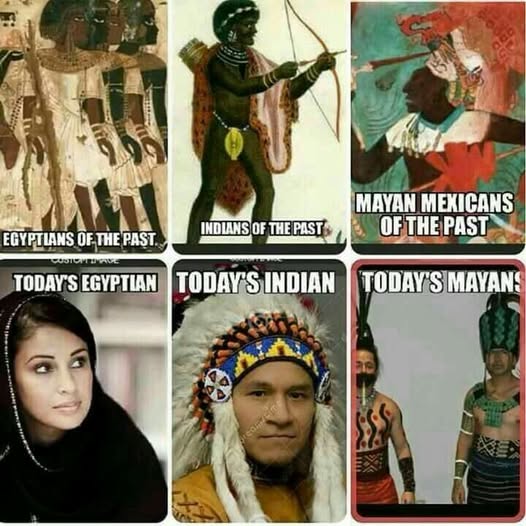
Tribute from the South, Lower Nubia (Wawat), Upper Nubia (Kush)
A relief of a tribute from the South from the tomb of Huy, the Viceroy of Kush, “King’s Son of Kush, Overseer of the Southern Countries”. A Viceroy is “the governor of a country or province who rules as the representative of a king or sovereign”. He rules over the foreign territories, for the sake of the crown, who has conquered and colonised the regions the Viceroy will control for the sake of the king. Huy, worked under the rule of king Tutankhamun.
The tomb of Huy, is located in the Theban Necropolis and is also known as tomb TT40, or sometimes Tomb of AmenH๏τep/Huy, as AmenH๏τep was Huy’s formal name, yet he goes by Huy.

Working in the 18th Dynasty under king Tutankhamun, tomb TT40, gives us a glimpse of the famous Boy King, as the attendee and centrepiece of a prestigious event of tribute. Something that we see with other kings, but rarely get a glimpse of with the young king.
Here within this tomb, we see Tutankhamun is enthroned receiving a vast parade of tribute from the elites of the southern regions, that Tutankhamun essentially reigns over as the colonial power.
Heqanefer
Heqanefer (also Hekanefer) was an Ancient Egyptian official in the New Kingdom under king Tutankhamun, who was a local governor with the тιтle Chief of Miam (wr n miam). In the New Kingdom, Egyptian kings had conquered Lower Nubia. To secure control over the new region, they appointed people of the local elite as governors. Heqanefer (who has an Egyptian name), is тιтled with “Child of the Kap (nursery)”, which could lead one to believe he was raised in the Egyptian Court. Heqanefer is also known from his badly preserved rock cut tomb found at Toshka, where he is depicted as Egyptian.
Miam (modern Aniba) was a town in Lower Nubia, a regional centre and capital of the Nubian provinces. Here also resided the Chief of Miam.
Heqanefer, is depicted within the Tomb of Huy, with Nubians following his suite, heavily devoted to Egypt, hence the abundance of tribute and dedication to the king of Egypt, Tutankhamun.
Many of the elites of Kush have Egyptian features, as opposed to the others who are depicted with more distinguished features found in the South Sudan.
Heqanefer is also seen presenting offerings alongside the “Chieftain of Wawat (Lower Nubia)”, and the Princess of Kush, who sadly only has her dress remaining within this scene below.

All is overseen by the owner of the tomb and Viceroy of Kush himself, Huy. Huy, holds a large Ostrich feather, showing his status.

Nubia was the main source for Egypt’s abundance of Gold. Egypt took pride in dominating and colonising the region for centuries. Therefore, the then elite and rulers of Kush had Egyptian ties (Heqanefer) and brought mᴀsses of tribute to Egypt.



The three men at the front kneel and raise their hands in praise for Tutankhamun.

Below are scenes of the boats arriving in Thebes. The boats carrying the tribute seen in the parade, including livestock, gold, and horses. Most notably are the human tribute, bound men sit upon the top of the boat, they are tied up and hands are shackled. They wear the traditional head ware of the southern Nubian men, often depicted in Egyptian art.
Such scenes, like the ones depicted below and above, showcase a sense of the everyday moments of Ancient Egypt, even at such grand events. The artist picks up little spontaneous behaviours to add a sense of humanity to a scene.
If you look closely, you can see a man dipping his hand into the Nile from the boat, men tying the ship to the dock, and a rather bored or contemplating looking fellow on the bottom register, sitting upon the case carrying the livestock.


This could be a lingering from the years of Akhenaten, where art took on a less formal stance. However, such realistic moments could be seen in Old Kingdom fishing and hunting scenes also. Regardless, such intricate detail is what makes this period of Egyptian art so glorious to gaze upon.


